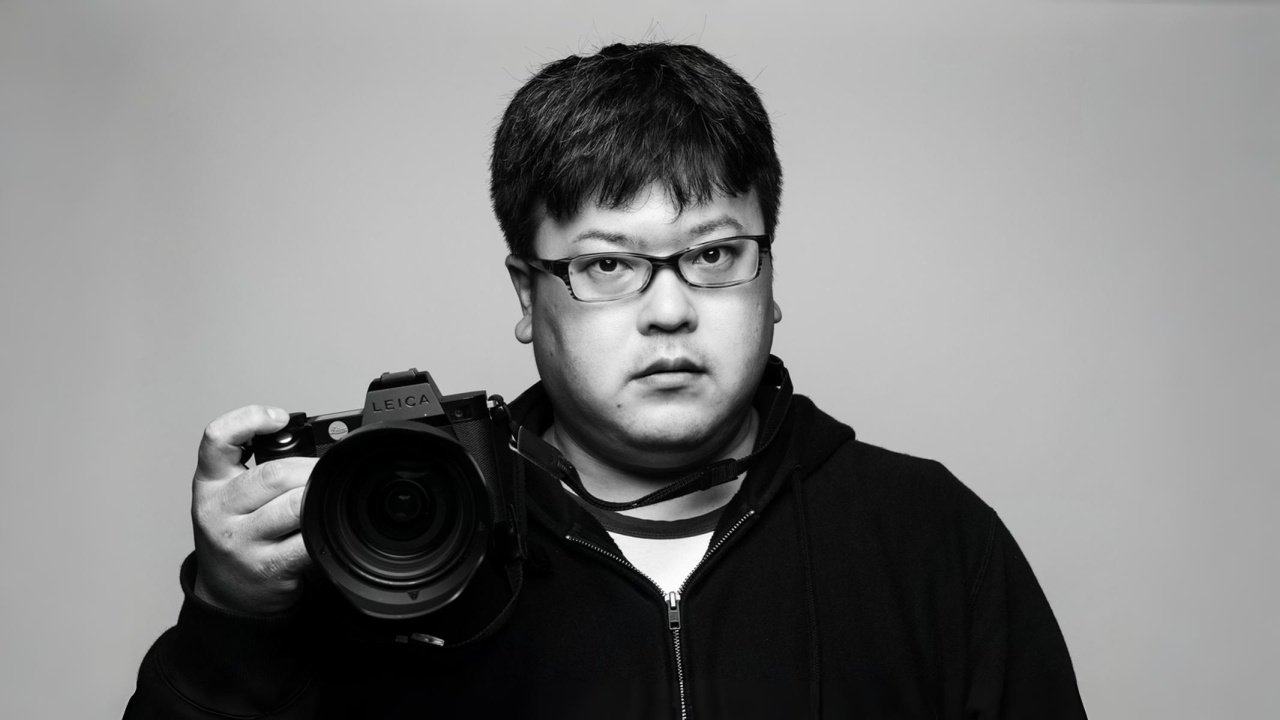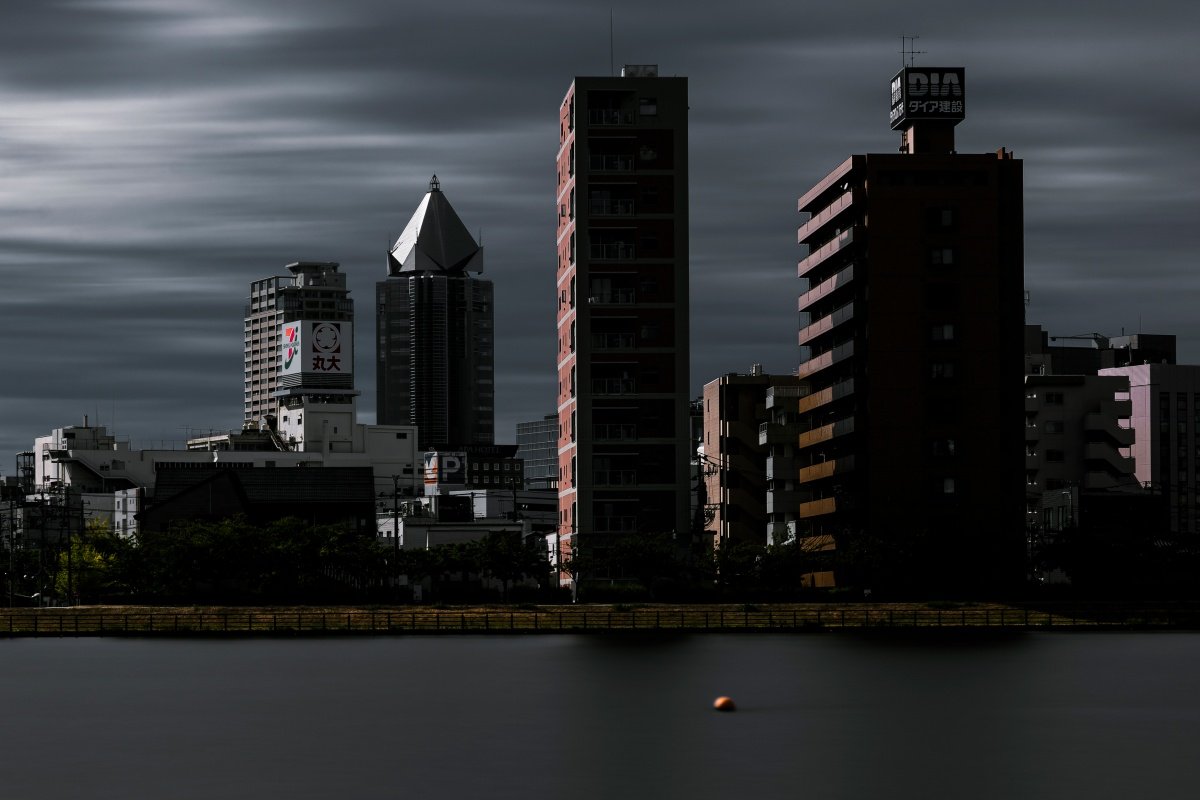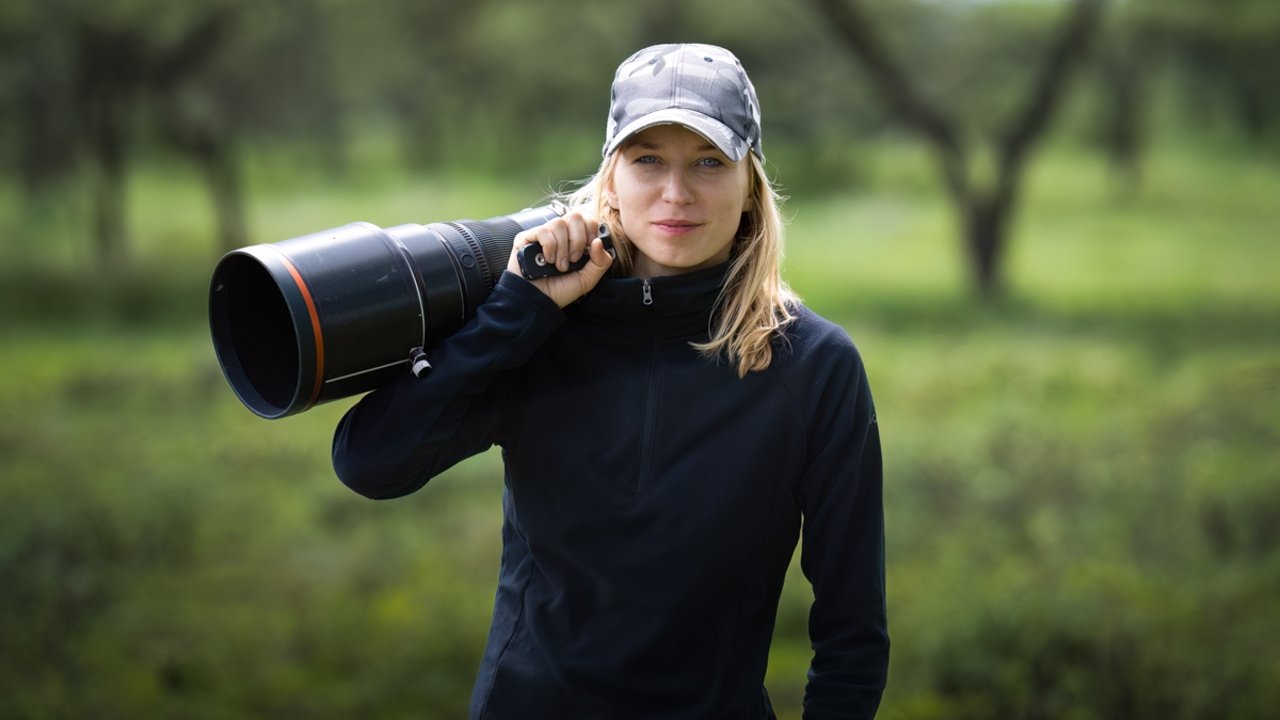
Between Permanence and Passage: The Photographic Vision of Mohammadreza Domiriganji
September 5, 2025
When a Hotel Room Becomes a Poem – A Story with Yiorgos Michael
September 5, 2025Kenta Tamura
From childhood snapshots to Platinum-winning works, Kenta Tamura has built a career defined by both technical mastery and bold experimentation. His photography moves between classical cityscapes and unconventional expressions, reflecting a pursuit of art beyond AI’s reach.
I don’t clearly remember what first inspired me to start photography. Since I was in elementary school, I loved taking pictures and often used the cameras we had at home or disposable cameras to capture snapshots.
As a lighthearted story, when I was a university student, I decided to buy a compact digital camera as a birthday gift for my girlfriend, saying, “Let’s use this to capture our memories together.” To be honest, I had already intended to use it myself, and it quickly became my own toy.
After starting my career, I began doing some poster design work on my own, and I wanted to be able to take beautiful photos. That’s when I bought my first DSLR camera, which truly drew me into photography.
In the beginning, I focused on creating general, beautiful photographs, but in 2022, I was struck by the emergence of AI-generated images, which led me to shift toward a more artistic approach. Now, I aim to create photographic art that AI can never replace.
My Platinum-winning piece, Riverside Reverence, was created with the intention of capturing the beauty of the familiar, as stated in its description.
Lately, I have been exploring new forms of photographic expression, which has led me to create many images—like The Glorious Future of Street Photography—that may appear puzzling at first glance.
In that context, receiving an award for a more classic cityscape feels significant. I believe it shows that my skills extend beyond producing challenging or unconventional images and that I also have a solid foundation in traditional photography techniques.
This recognition has strengthened my confidence and given me a stronger base from which I can push further into more avant-garde forms of expression.
My favourite genre of photography is capturing everyday life through snapshots. People often dream of time machines in science fiction films, but in reality, the camera is the modern-day time machine that allows us to revisit our past memories. I love photographs that remind us of the journey we’ve taken in life the most.
When it comes to artistic expression, I love all genres. I photograph anything and everything—my curiosity is what drives me.
I strive to capture the beauty hidden in everyday life. The familiar often goes unnoticed, yet a closer look can reveal something truly beautiful. To see it, I believe one needs a richness of heart—because when our minds are clouded by stress, we overlook the small wonders around us, even something as simple as a flower in bloom.
Through my photography, I hope to awaken this awareness in others. When people realise how much beauty surrounds them, life naturally becomes more joyful and fulfilling. If my work can inspire even a small shift in perspective, leading to greater richness of spirit, then I feel I have achieved something meaningful.
Whether photography competitions are enjoyable or not depends on how you approach photography itself. However, for those with curiosity, a spirit of exploration, and the desire to improve, entering competitions can become an exciting new source of enjoyment.
To excel in competitions, I believe the most important factor is perseverance.
Editing and post-processing are essential to expressing my vision. In competitions, I shape them to align with the intent of the event, but beyond that, I see them as a limitless field of artistic freedom.
Just as some are born with difficulty perceiving certain colours, and just as the very concept of colour is something we learn after birth, I believe the interpretation of wavelengths—how we choose to portray them and how we hope others will experience them—should be entirely free.
For me, this ongoing exploration of colour is at the heart of my creative process, and it is why editing and post-processing will always hold a central place in my work.
Just as the Industrial Revolution once replaced many traditional occupations, technology such as AI will inevitably shape the future of photography.
However, at present, AI in photography can only generate from what it has learned through machine learning. My theme moving forward is to explore forms of expression that AI could never have imagined.
Check out more exceptional photographs in Between Permanence and Passage: The Photographic Vision of Mohammadreza Domiriganji here.







